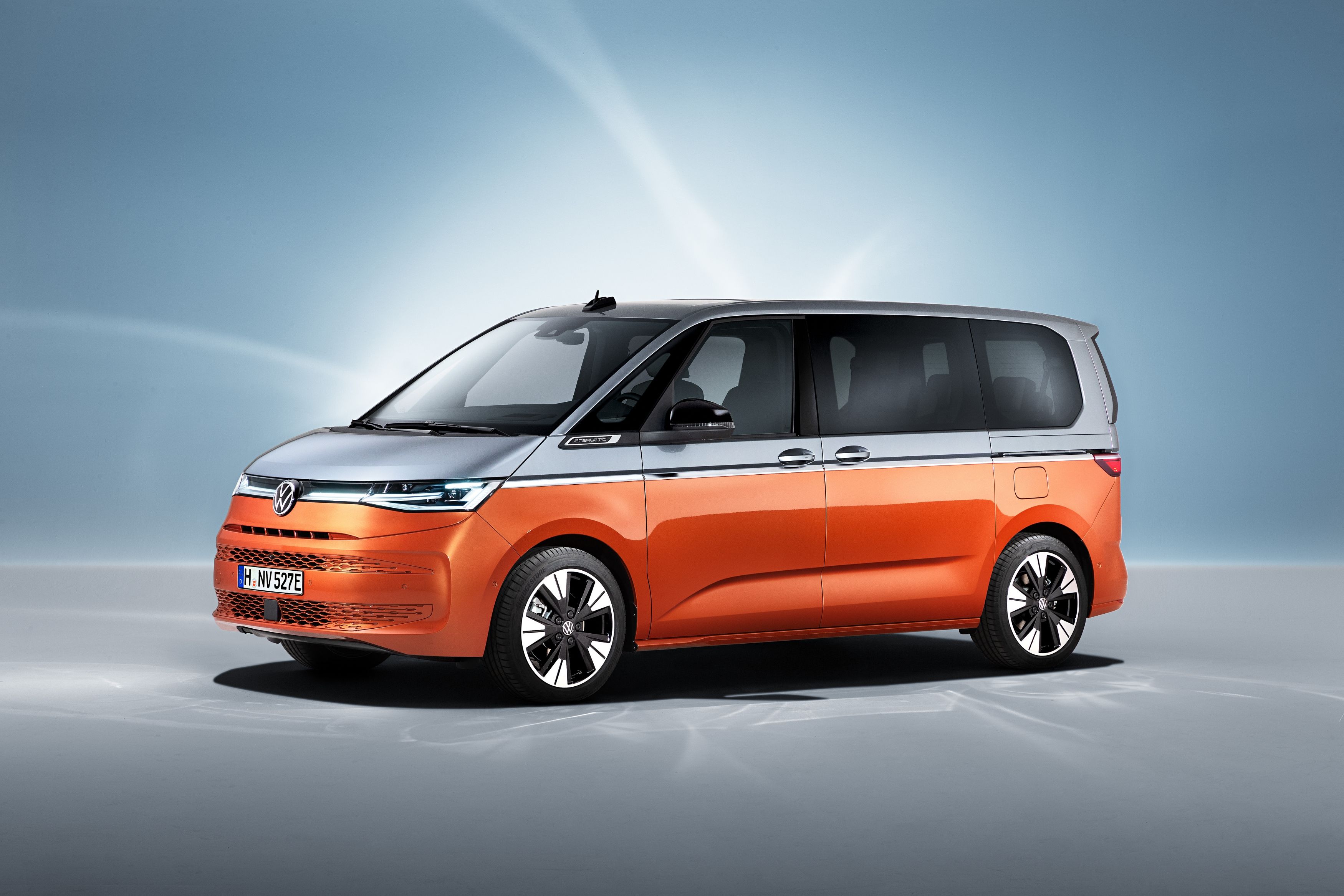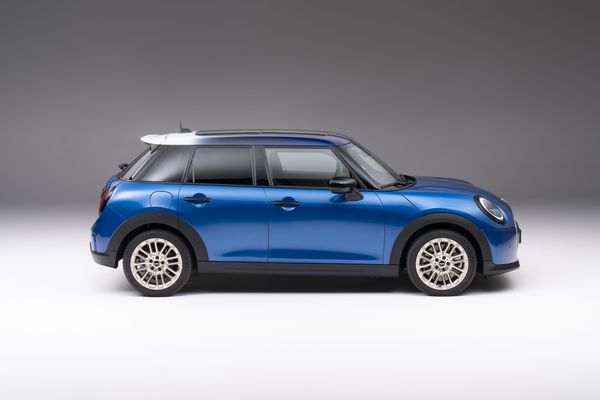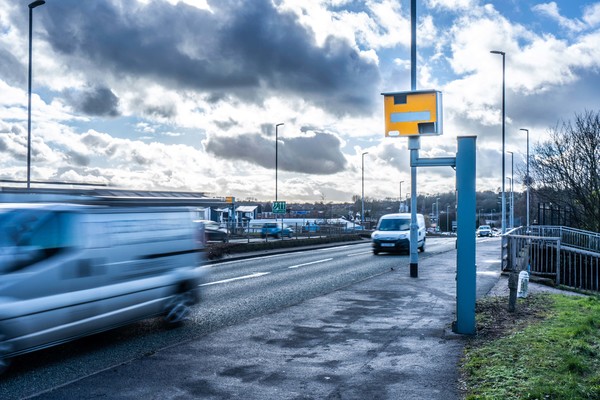FOR some time now and with great patience Vauxhall lovers have awaited the latest version of the much-loved Astra. And last week, the eighth generation of that best-selling car was announced.
The success story of Vauxhall’s bestselling model began over 40 years ago, and with this all-new Astra, for the first time, the compact class model is available with electric drive, in two performance levels as a plug-in hybrid. There are of course highly efficient petrol and diesel engines in combination with six-speed manual and eight-speed automatic transmissions, and this year Vauxhall will launch a sporty five-door with a low-slung look and even more space than its predecessor.
Like its predecessor launched in 2015, the newcomer brings innovations to the compact class that customers could only have previously expected from more expensive vehicles. For example, adaptive lighting straight from Vauxhall's flagship Insignia and, with 168 LED elements, leads the way in the compact and midsize market sectors. The main beam lights adjust in milliseconds, without creating glare for other road users, with approaching or preceding traffic glare “cut out” precisely and the range and direction of the lights can vary according to the driving situation and surroundings.
Inside sees a leap in time and space with fully digital Pure Panels, with analogue instruments consigned to history and passengers can operate the Astra intuitively via extra-wide touchscreens, just like a smartphone. The designers have taken great care to ensure that the driver receives all necessary information and useful operating options required for safe driving. Key settings such as climate control can still be operated via physical switches and buttons, but the driver is further supported by a head-up display that projects dashboard information on to the windscreen and semi-automated driver assistance systems including a 360-degree camera. In addition to a multifunction camera in the windscreen, Astra’s technology comprises four body cameras, five radar sensors, as well as ultrasonic sensors front and rear.
The same technical precision applies throughout the interior with the next generation digital cockpit featuring two 10-inch displays and a seamlessly integrated infotainment system which can be operated by voice recognition as well as by touch.
The long list of automated driver assistance systems includes adaptive cruise control, traffic sign recognition and active lane positioning, which keeps the car in the middle of the driving lane automatically.
The front seats have been designed in-house with exemplary ergonomics in mind and are exceedingly comfortable, especially on long journeys with good posture said to be guaranteed.
In Nappa leather-trim, seats offer ventilation, massage for the driver and heating at the rear as well as the front. Seats trimmed in stylish Alcantara leather are also available. The new Astra will be available from the outset with powerful plug-in hybrid electric drive as well as highly efficient petrol and diesel engines, electrifying Vauxhall’s compact class model for the first time in the brand’s history.
Priced from around £23,000 for the petrol diesel versions.

Who doesn’t love a minivan?

FOR years people have loved hot hatches, fast estates and Superminis, and many like me love older cars and classics. But rarely has there been a van that makes car owners envious. And yet, here is one to be envious of.
Ya tenemos en el horizonte el fin de semana
— Apersa (@ApersaOurense) July 22, 2021
¿Lo imaginas disfrutando de esta impresionante puesta de sol?
El VW Multivan es el compañero perfecto para tus viajes de aventuras. Se adapta a todos tus planes y te da la libertad que necesitas para disfrutar de las mejoras vistas 😎 pic.twitter.com/xY1cSvKW8h
The VW Multivan is a replacement for the T6 Caravelle. The T7 Multivan is a sharp, aerodynamic, cool, futuristic-looking people carrier that in addition to petrol and diesel powertrains, comes with a hybrid option. Take the best van of its time, add the comfort of a car and unprecedented variability in the interior and you have the Volkswagen Multivan. The Multivan is longer, wider, taller, and is aerodynamically improved. all of which adds to the appeal of this ultra-modern two-tone seven-seater. It’s an automotive multi-tool for the family, business, sport, holidays, and every travel adventure.
The entry level model is available with 1.5 or a 2.0 petrol turbo engines or a 2.0-litre diesel option for more efficient and torque-centric performance. The hybrid option has an output of 215 HP and can do electric-only runs. The hybrid comes equipped with a six-speed gearbox, all others come with a seven-speed box.
The interior gets a new design and tech-centric upgrade. Most of the dashboard elements are shared with the new Golf as the Multivan gets a 10.3-inch digital cluster and a driver-angled 10-inch touchscreen infotainment display. Volkswagen has cleverly integrated the electronic gear-shifter between the two displays, thus clearing out the space between the front seats. Connectivity options include two USB C-ports, and a wireless charging tray.
You can customise the cabin with up to a seven-seat layout and all seats except for the front two can be removed. The passenger front seat can swivel around to face rearward, and the third row of seats are individual seats instead of a bench layout. Another clever trick is the centre console that can slide all the way back to the third row, thanks to the flat floor. The cabin is loaded with amenities including cupholders, storage compartments, and fold-out trays. It can be ordered with a panoramic sunroof and a 14-speaker 640W Harmon Kardon sound system.
The Multivan is loaded with safety features including Adaptive Cruise Control, Lane Assist, Automated Emergency Braking, 360-degree cameras, and Road Sign Recognition, the provision of traffic data, road safety updates, and info on other active events on the road.
The VW camper and Caravelle vans, icons of THE genre, have had cult followings for more than 60 years, and because the Multivan remains true to its automotive DNA I see no reason not to believe that the Multivan won’t continue this love of the brand, and who knows, start another cult following. Prices start at around £41,000 which for something as special as the Multivan is not bad at all.








